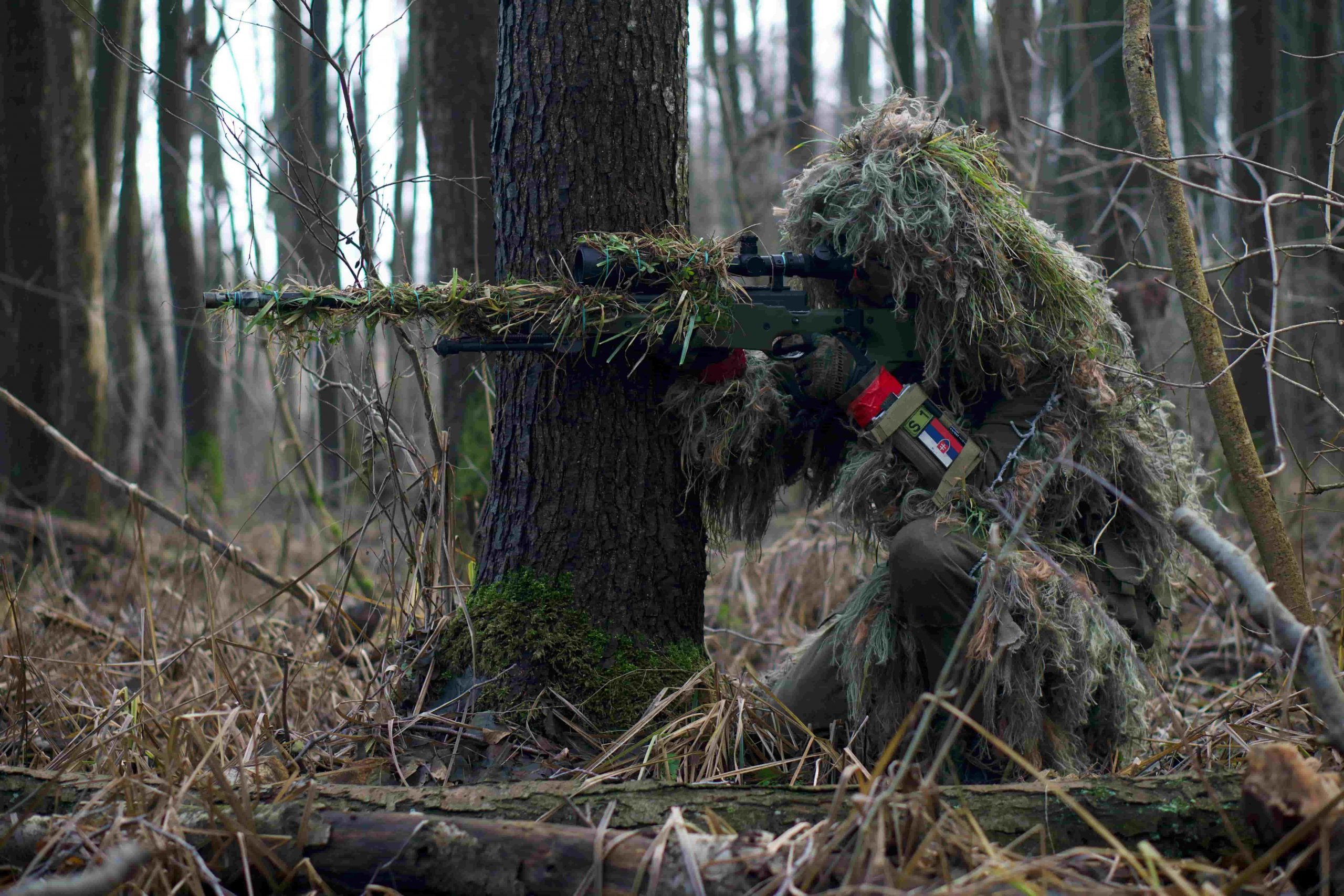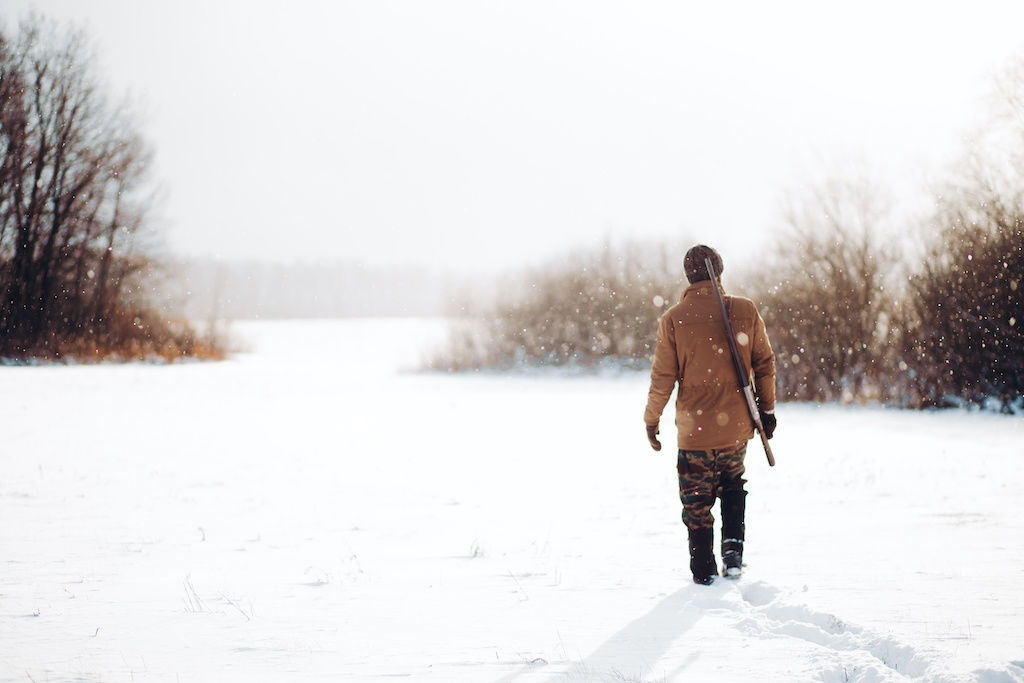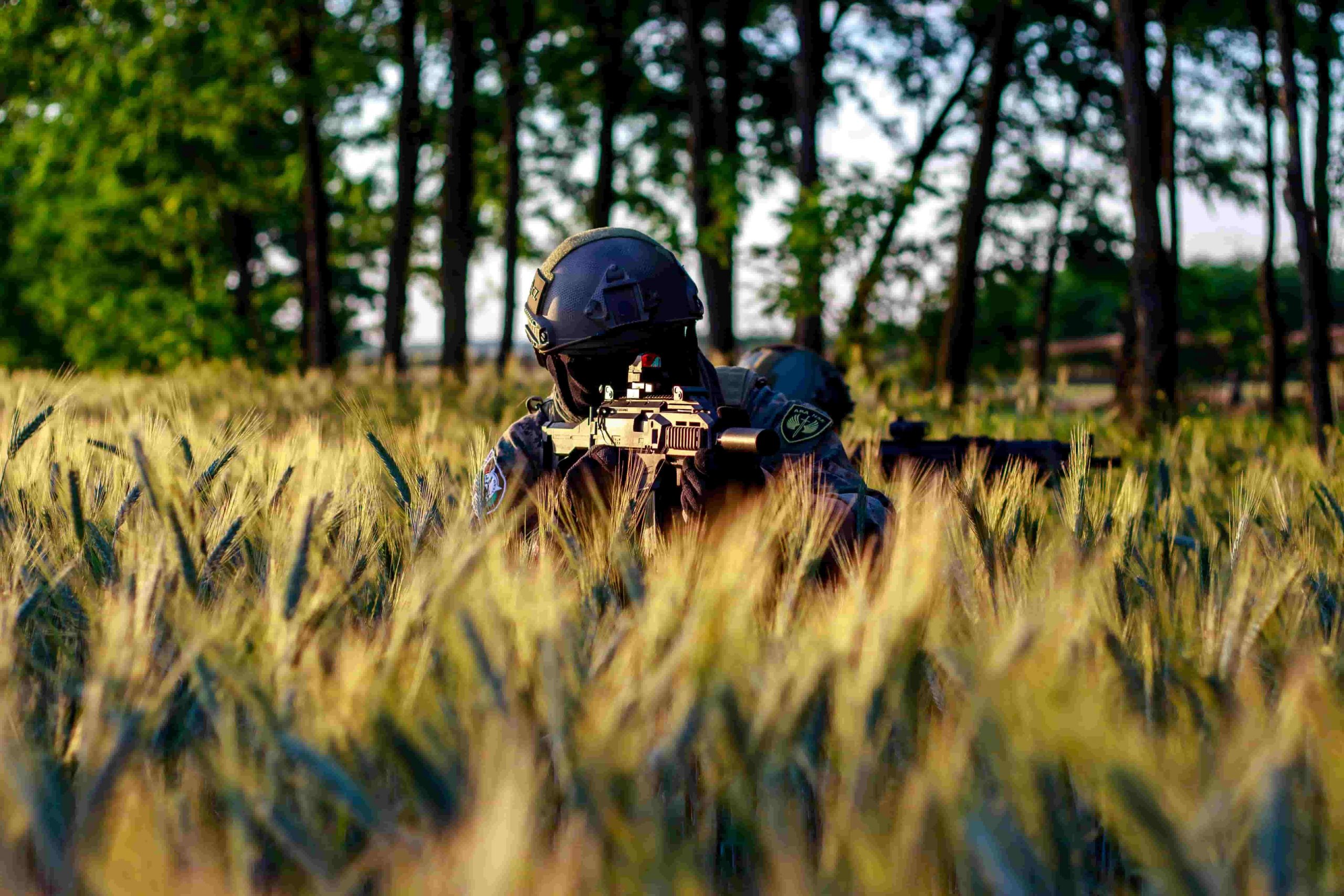
Mastering the Art of Stealth with the Best Camouflage Patterns
Jeffrey Wilkinson
- 0
- 1443
Camouflage is an essential tool for anyone venturing into nature, whether you’re an avid hunter, a passionate wildlife photographer, or simply someone who loves spending time outdoors. The ability to blend into your surroundings can mean the difference between success and failure, capturing that perfect shot or remaining unseen by your quarry. In this comprehensive guide, we’ll explore the best camouflage patterns for different hunting environments and offer insights into their applications for wildlife photography.
Understanding the Basics of Camouflage
Before we get into specific patterns, it’s important to understand what makes a good camouflage pattern. At its core, camouflage is all about deception—it’s the art of appearing inconspicuous by imitating the surrounding environment. Successful camouflage patterns break up the human outline and allow you to blend seamlessly into different landscapes.
The science behind how animals perceive color and patterns plays a vital role in camouflage design. Many animals see the world differently than humans do; for example, deer have dichromatic vision and are less sensitive to reds and oranges. Understanding these differences can inform the choice of camouflage patterns, ensuring they effectively hide you from your target species.
Camouflage for Different Hunting Environments
Forest Camo
Dense woodlands, especially during early fall, present unique challenges for camouflage. The best patterns mimic the play of light and shadow in a forest, incorporating shades of green, brown, and tan. Patterns like Realtree Edge and Mossy Oak Break-Up Country are popular choices among hunters for their ability to blend into wooded environments.
The key to effective forest camo is replicating the vertical lines and irregular shapes found in trees and underbrush. This helps to break up your silhouette and keep you concealed from keen-eyed prey.
Desert Camo
Arid, sandy environments require a different approach. Desert camo patterns typically use muted earth tones like browns, tans, and light grays to match the open, sparse landscape. Patterns such as Kryptek Nomad and MultiCam Arid are specifically designed to blend into these environments.
Desert camo must account for the intense sunlight and lack of cover. Patterns that incorporate subtle shading and texture variations can help maintain concealment even under bright conditions.
Snow Camo
Hunting in winter and high-altitude regions demands snow camo patterns. These are dominated by whites and grays, often with minimal other coloration. Snow camo, like the Sitka Gear Elevated II, is designed to match the stark, monochromatic palette of snow-covered landscapes.
Ensuring that your gear matches the brightness of your environment is crucial in snowy settings. A pattern that captures the nuances of snow and ice can keep you hidden from prey adapted to these conditions.
Marshland Camo
Wetlands and marshy areas call for camouflage that can replicate the dense, waterlogged vegetation. Patterns like Mossy Oak Shadow Grass Blades use intricate details of reeds, grasses, and mud to achieve effective concealment. The challenge in marshland environments is navigating both vegetation and reflections from water surfaces.
Successful marshland camo needs to mimic the colors and textures of cattails, bulrushes, and other wetland vegetation, allowing you to move stealthily through these rich habitats.
Camouflage for Wildlife Photography
For wildlife photographers, camouflage serves a similar purpose as it does for hunters—enabling them to get closer to their subjects without disturbing them. While the principles are the same, photographers often use more flexible solutions like ghillie suits or camo nets that can be draped over tripods and cameras.
The goal is to become part of the scenery. Avoiding shiny materials and ensuring your gear doesn’t create unnatural shapes is critical. Photographers should also consider the noise factor, as rustling fabric can alert animals to their presence.
Technology and Innovation in Camouflage
Advancements in technology have significantly improved the effectiveness of camouflage. Modern materials are lightweight, breathable, and often feature scent-masking properties. New printing techniques allow for incredibly detailed and realistic patterns that outmatch older designs.
Innovations like adaptive camouflage, which changes color based on the environment, are on the horizon. These technologies promise to revolutionize how hunters and photographers approach concealment, offering dynamic solutions for continuously changing environments.
Tips for Choosing the Right Camouflage
When selecting camouflage, personal preferences, seasonality, and specific environments should guide your decision. Choose patterns that match the predominant colors of your hunting grounds, and consider the time of year since foliage can drastically change between seasons.
Additionally, fit and comfort are crucial. Ill-fitting clothing can hinder movement and create noise, while uncomfortable gear can detract from your focus. Look for garments that are tailored to your activities and allow for a full range of motion.
Case Studies and Real-World Applications
Real-world success stories underscore the importance of selecting the right camouflage. Experienced hunters often recount encounters where effective camo resulted in closer proximity to game, leading to successful hunts. Wildlife photographers share instances where their stealthy approach granted them rare glimpses into animal behavior.
Testimonials can provide valuable insights into the practical application of different patterns and inspire confidence in selecting the right gear for your needs.
Conclusion
Choosing the right camouflage is a vital part of any hunter or wildlife photographer’s strategy. By understanding the basics of camouflage, tailoring your choices to specific environments, and staying informed about technological advancements, you can enhance your outdoor experiences and improve your success rates.
We encourage you to share your own experiences and insights in the comments below. For more tips on hunting and photography, visit our website, where you can connect with a community of like-minded enthusiasts ready to share their knowledge and passion.


